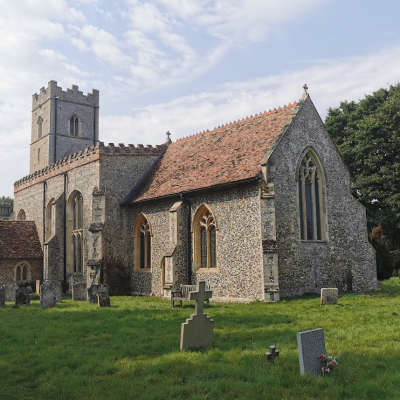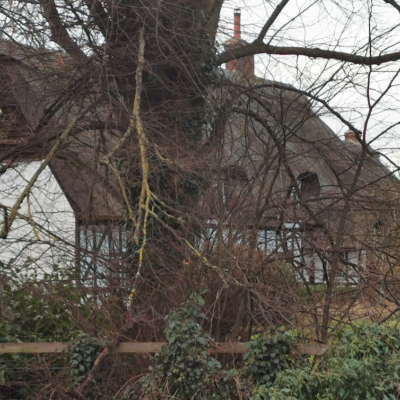Search by topic
- archaeology
- Building of Local Interest
- charity
- church
- crime
- dressmaker
- fire
- Great Eastern Railway
- Listed building
- Mapping Relief
- medieval
- oral history
- poverty
- Public House
- Rattee & Kett
- Religious House
- Roman
- scholar
- school
- Then and Now
- tudor
- women
- work
- world war one
- world war two
Search by text
Whaddon data
Whaddon data
Cambridgeshire Association for Local History, 32 (2024) contains and article by Bob Joyce on The Battle of Whaddon, 1075. These notes are taken from the article.
The battle arose from a revolt against William I by three of his earls, probably led by Ralph II, Earl of Norfolk and Suffolk. Ralph was the son of a Breton mother and an English father, Ralph I the Staller, who held land in England during the reign of Edward the Confessor. He had supported William during the Conquest. Ralph conspired to seize London with forces from Herefordshire and the Danish army under Waltheof.
The location of the battle is not known for certain but Joyce suggests that it was around the stream which crosses the Kneesworth-Meldreth road and flows on to Whaddon. The chronicler John of Worcester d.c.1140 states ‘ When Earl Ralph had encamped near Cambridge, Odo, Bishop of Bayeux, the king’s brother, and Geoffrey Bishop of Coutances, assembled a large force of English and Normans and prepared for battle. Earl Ralph, seeing that his plans had been balked, and fearing the size of the forces opposing him, fled in secret to Norwich. He entrusted the castle to his wife and knights, embarked on a ship and fled from England to Brittany. His enemies pursued him as he fled and either put to death or mutilated in various ways all those they were able to capture.’
Whaddon:
http://www.whaddon.org/history
Mike Petty:
Contribute
Do you have any information about the people or places in this article? If so, then please let us know using the Contact page or by emailing capturingcambridge@
License
This work is licensed under CC BY-NC-SA 4.0







